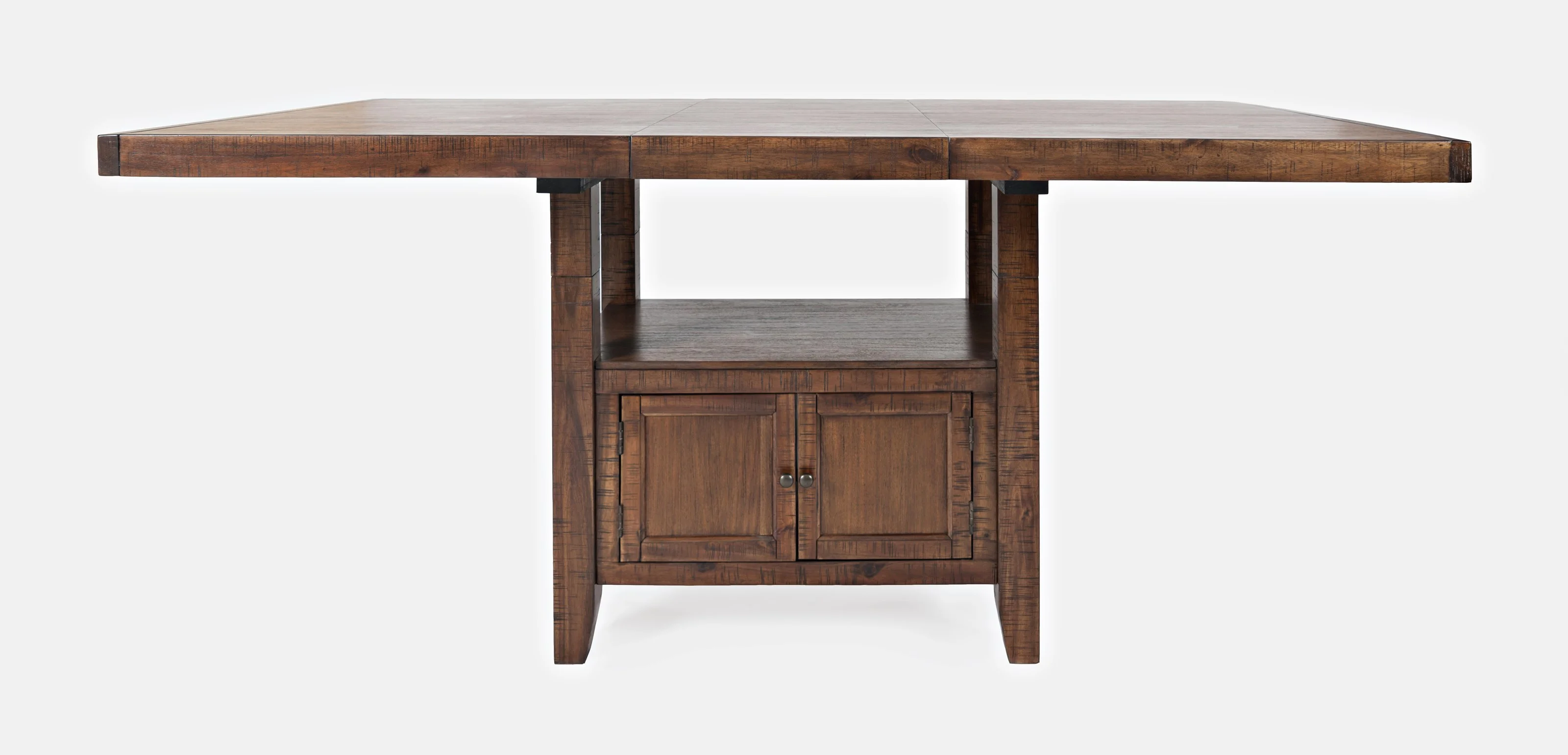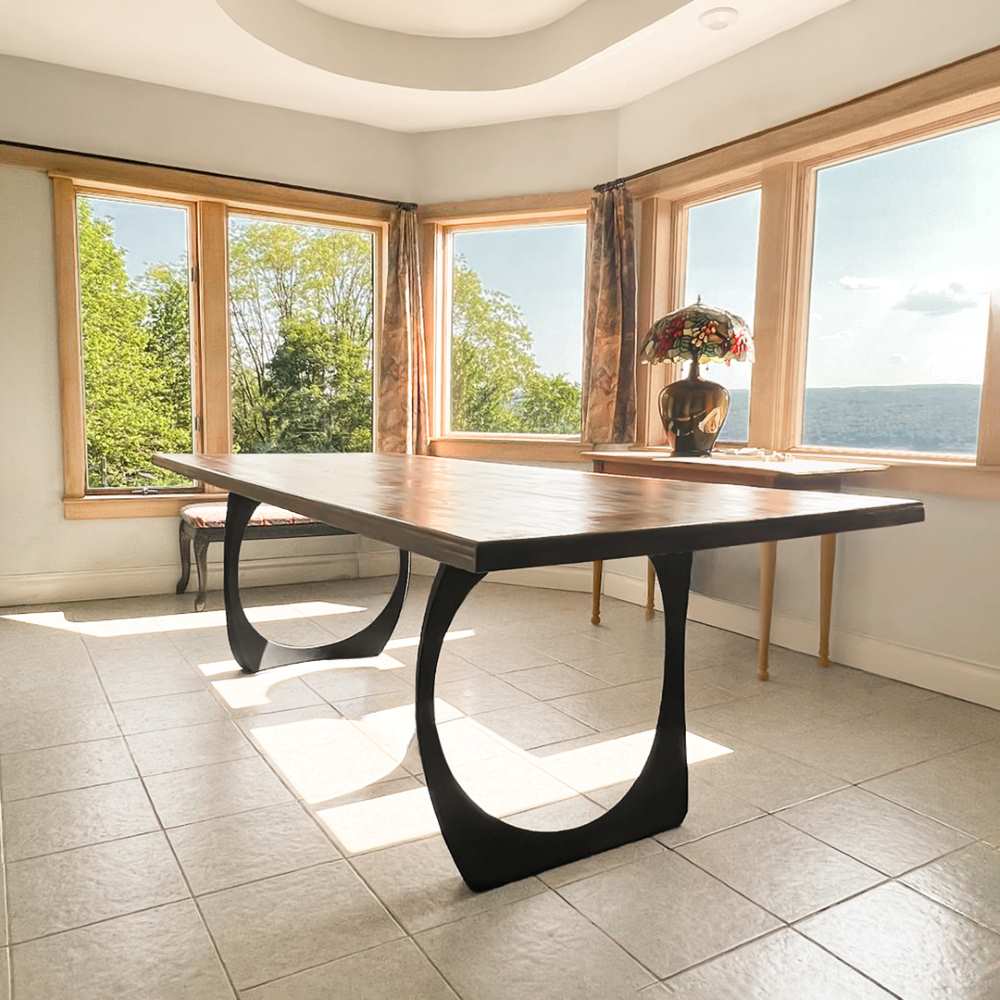Unique Dining Room Table Legs That Will Elevate Your Dining Area
Unique Dining Room Table Legs That Will Elevate Your Dining Area
Blog Article
Specialist Tips for Setting Up Dining-room Table Legs for Maximum Security
When it comes to installing eating area table legs, achieving optimum stability is extremely important for both functionality and aesthetic appeals. What specific methods can boost security even further?
Select the Right Legs
When choosing the ideal legs for your eating area table, it is vital to consider both functionality and looks. The legs you choose will considerably affect the total style and stability of the table. First, examine the table's planned use; if you anticipate constant celebrations, tougher legs, such as those made from strong timber or steel, might be extra appropriate, as they use raised resilience and support.
Standard dining tables typically range from 28 to 30 inches in elevation, so make certain the legs align with this criterion for comfort. Tapered legs can include a modern touch, while turned legs could convey a more classic aesthetic.

Select Appropriate Hardware
How can the appropriate hardware enhance the stability and durability of your dining-room table? The choice of ideal hardware is vital to ensuring that the legs of your table are securely attached and able to hold up against regular use. High-grade screws, screws, and braces provide the needed strength to support the weight of the table, along with any type of extra lots positioned upon it during meals or events.
When choosing screws, go with those made from sturdy materials such as stainless steel or brass, which resist deterioration and maintain integrity in time. The size of the screws is similarly crucial; they must pass through deeply into the table's structure without compromising stability. For bolted links, take into consideration using lock washers to avoid loosening due to resonance or activity.
Furthermore, using edge braces can add additional support, specifically for bigger tables or those with much heavier tops. These brackets distribute weight uniformly and aid keep the table's form. Guaranteeing that the equipment you pick is appropriate for the specific products of your table will certainly additionally enhance its overall stability and longevity, enabling you to enjoy your dining experience for years ahead.
Ensure Appropriate Alignment
Appropriate positioning of dining area table legs is crucial for both aesthetic appeal and useful stability. Misaligned legs can bring about an irregular table top, which may not just be aesthetically unappealing yet likewise endanger the table's functionality. To attain ideal alignment, begin by gauging the range from the table's edges to the leg attachment points. This makes certain that each leg is located equidistant from the sides, creating a well balanced appearance.
Use a degree during installment to verify that each leg is perpendicular to the tabletop. It is suggested to mark the preferred leg settings on the bottom of the table with a pencil or covering up tape before securing them.
Additionally, confirm the alignment after the preliminary screws are tightened, as modifications might be required prior to totally protecting the equipment. By prioritizing correct placement, you not just boost the table's overall layout but also make certain that his response it remains useful and stable for years to come.

Take Into Consideration Weight Distribution
After ensuring correct placement of the eating space table legs, it is essential to consider weight circulation to boost stability and functionality. dining room table legs. Correct weight circulation is critical in stopping ensuring and wobbling that the table can sustain its intended lots without danger of tipping or breaking down
When positioning the legs, guarantee they are placed at equivalent distances from the center of the table to uniformly distribute the weight throughout the framework. home Take into consideration the weight of the tabletop and any kind of products that will regularly hinge on it, such as ornamental items or tabletop appliances. Tables with larger surfaces must ideally have legs located closer to the corners, as this takes full advantage of the base of assistance and reduces the threat of instability.
In addition, if the table is intended for use in a high-traffic location, take into consideration using much heavier products for the legs or including supporting elements, such as cross-bracing or a lower shelf - dining room table legs. These adjustments can aid keep equilibrium and stop moving throughout usage. Inevitably, a well-considered weight distribution technique will substantially enhance the table's overall efficiency, ensuring it continues to be a functional and eye-catching focal point for your eating space
Test Stability Before Use
Checking the security of the dining-room table before use is a crucial action that ought to not be forgotten. Guaranteeing that the table is secure and safe can stop mishaps and extend the lifespan of the furniture. Begin by using gentle pressure to different factors on the table surface. Lower on the center and afterwards along the sides, moving or observing any kind of wobbling. If the table reveals instability, recognize the legs or joints that may call for change.
Following, inspect that all screws and bolts are tightened up effectively. Loosened links can result in instability and possible damage over time. If required, make use of wood adhesive on joints to boost security, guaranteeing to permit sufficient drying out time.

Final Thought
Finally, the installation of dining-room table legs needs careful consideration of materials, weight, equipment, and alignment distribution to attain optimum security. By selecting tough legs and premium fasteners, making certain accurate positioning, and dispersing weight uniformly, the architectural stability of the table can be considerably boosted. Performing a stability examination prior to routine usage additionally guarantees that the table will certainly endure daily stress, thus giving a dependable and risk-free eating experience.
When it comes to mounting dining room table legs, attaining optimum stability is More Info critical for both performance and visual appeals. The legs you pick will substantially influence the overall design and security of the table (dining room table legs). Standard eating tables commonly range from 28 to 30 inches in elevation, so guarantee the legs straighten with this standard for convenience.Appropriate placement of dining area table legs is vital for both visual charm and functional stability.In conclusion, the installment of eating room table legs needs careful factor to consider of products, placement, weight, and equipment circulation to accomplish maximum security
Report this page